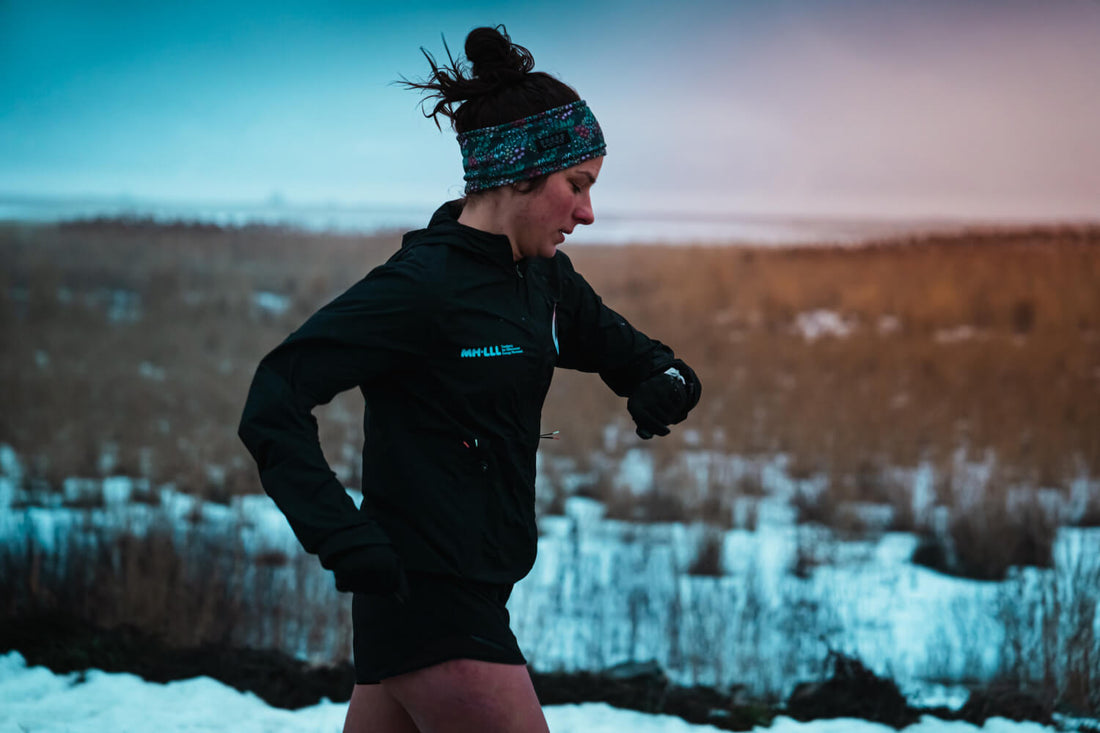
Base Fitness - detailed explanation
author: ralpu
February 22, 2024
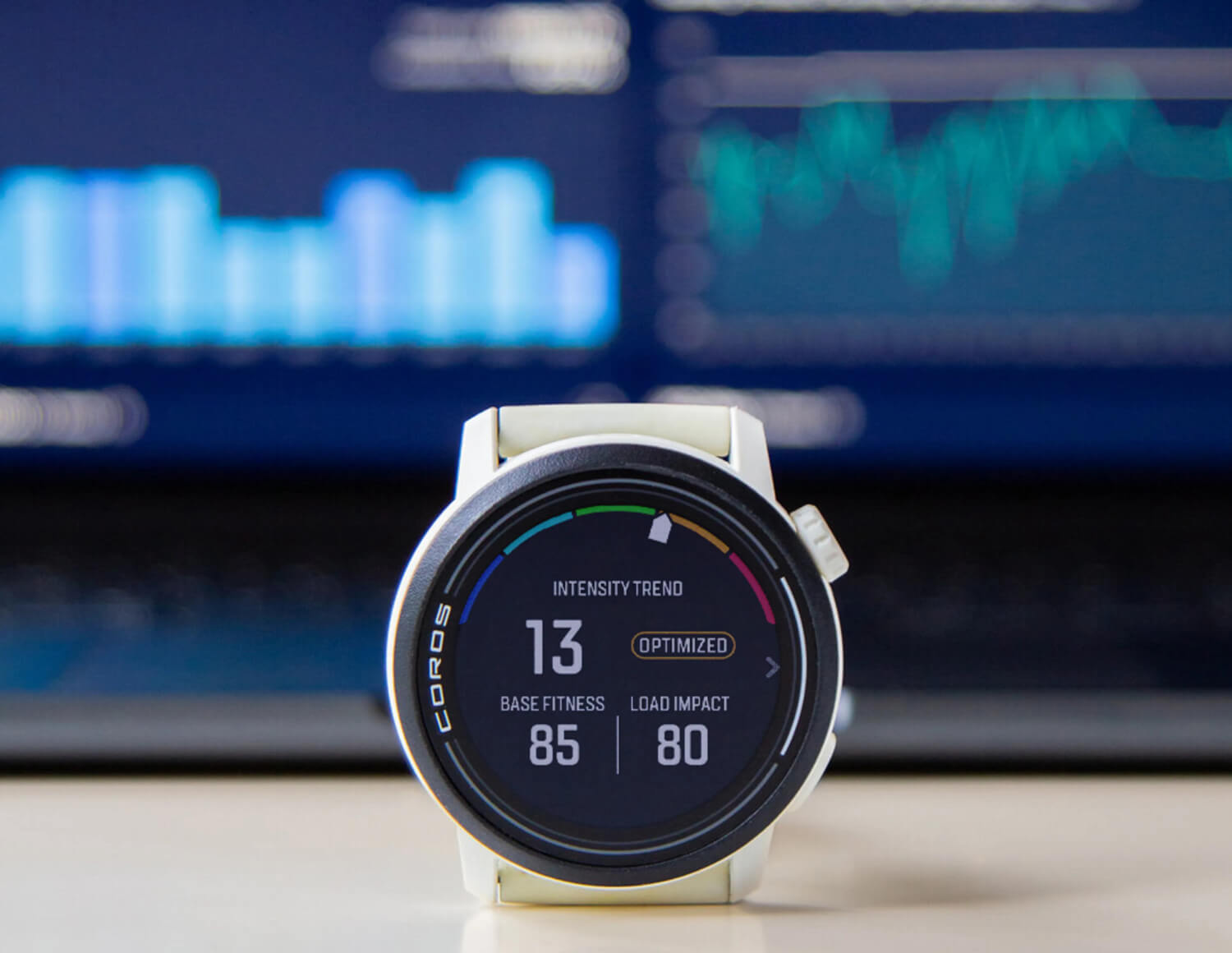
In the COROS app (or in the COROS Training Hub ), the Base Fitness metric is an indispensable metric in your progress statistics. In short, it is a metric that shows the body's ability to handle training loads without fatigue. The Base Fitness metric could also be called the "engine" of your body. The details of building such an "engine" are described in detail in a separate article 5 basic concepts in Kilian Jornet's off-season training + more advice from Jakub Šiarnik and Peta Frano . In this text, we will take a detailed look at the Base Fitness metric itself, how it is calculated, and what the rules are for building an engine.
Introduction
If you want to improve your sports performance, or just stay fit and healthy recreationally, you are certainly interested in how you are doing at the moment, how fit you are. How are you doing now compared to last year? How will 5 days off from sports due to urgent work obligations affect your performance? The Base Fitness metric can answer these and similar questions quite reliably and based on data collected using your COROS watch during sports activities.
What is Base Fitness?
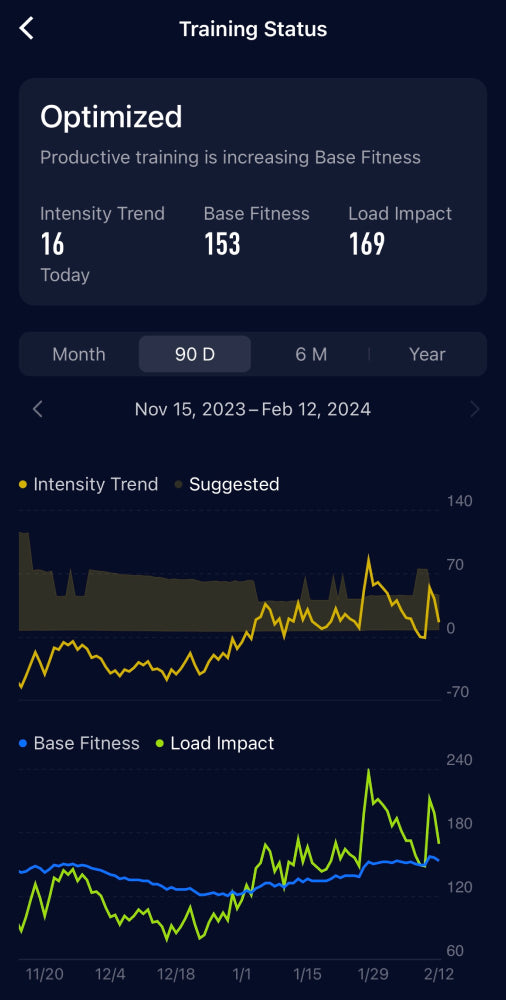
You can find the Base Fitness metric in the COROS app in the first Progress tab and then find the Training Status field. If you tap on this field, you will see the details. At this point, we are only interested in the Base Fitness metric, which is expressed on the screen as a value, a number at a given moment, and also as a graph that shows the development of this metric over time. However, what does this value actually represent, what does it mean? Each activity you do has an assigned Training Load value/score. The higher this value, the more strain you put on your body during the activity. This number can be interesting at a given moment - it can tell you how hard your training was on a given day. However, it makes even more sense if we look at this metric from a long-term perspective, when this metric shows us a trend - and that is Base Fitness.
Read an extensive article about the basic principles of building basic endurance. Kilian Jornet, Jakub Šiarnik (Slovak ski mountaineering representative) and Peťo Fraňo (our best trail runner and Slovak ski mountaineering representative) share their many years of experience.
In other words, Base Fitness refers to the long-term sports load on your body and your readiness to handle more demanding training or races.
And how is this value calculated? Base Fitness is calculated as a moving average of daily training load (Training Load) over the last 42 days (6 weeks). Since the body has a relatively weak “memory” of training load (we lose fitness, and especially specific ones - such as speed and explosiveness - relatively quickly), it makes sense to calculate the Base Fitness metric based on the load our body has been under in the last few weeks, to get a realistic picture of our performance at a given moment.
Read a detailed explanation of the Training Load metric. What does this metric actually represent, how can you increase the value of Training Load in your training, and how to effectively use the Training Load metric in your training?
How to view and interpret Base Fitness metrics
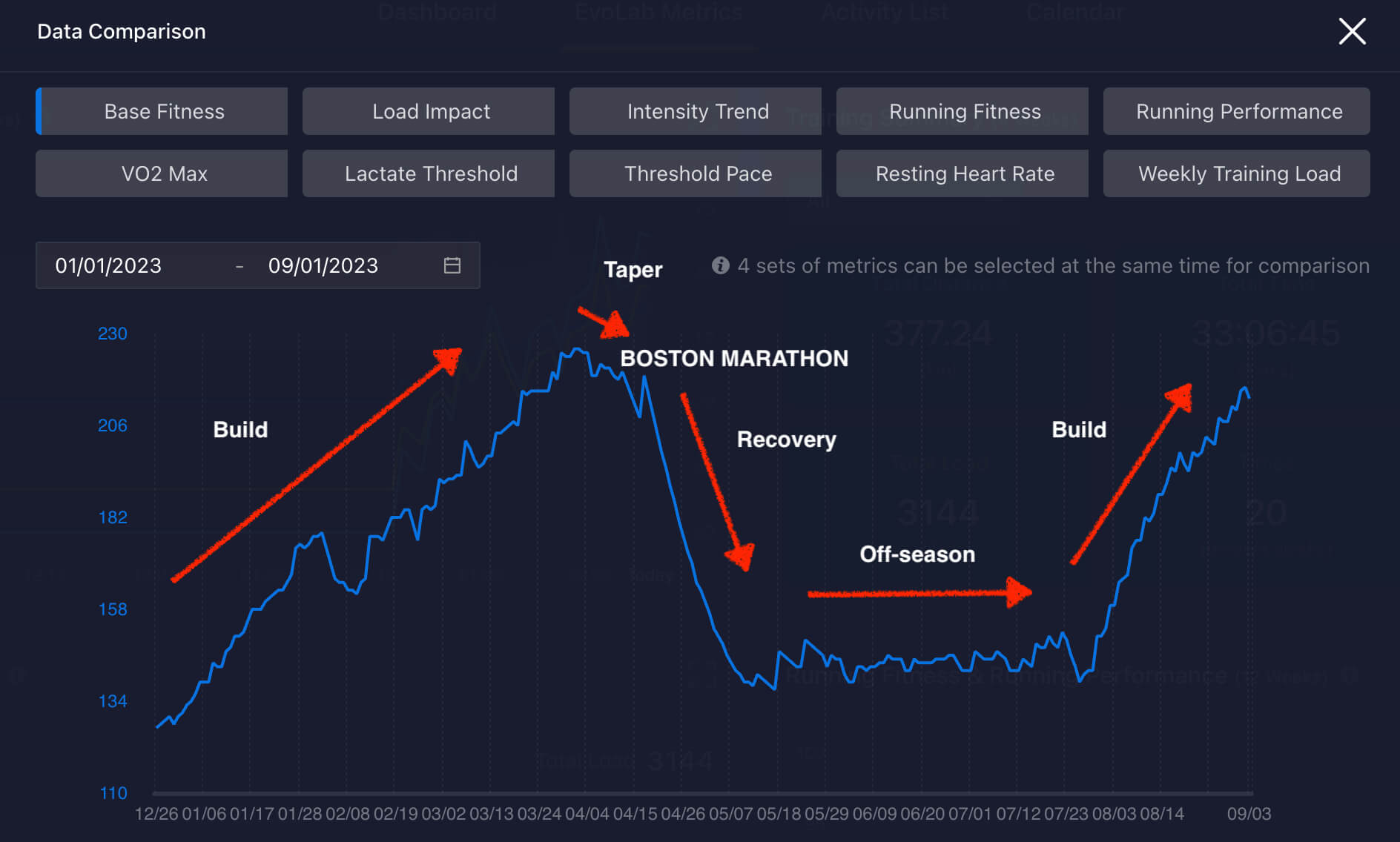
Base Fitness is a great metric for monitoring performance throughout the year. However, it is important to realize that the human body cannot be in peak condition continuously and there are natural fluctuations throughout the year.
Off-season (period outside the main racing season)
During this period, we typically reduce volume and intensity or even shift our focus to other, complementary activities (cross-training) that give specific muscle groups time to recover. Example: a runner might switch to ski mountaineering or stationary cycling during the winter/off-season. Very often, during off-season training, Base Fitness metrics will drop.
Building performance for the main season
This is the time when we transition from off-season training and increase volume and/or intensity. If we sustain this regime long enough, it naturally leads to an increase in Base Fitness and reaching our individual maximum. (See below for an explanation of the different individual maximum Base Fitness values.)
Taper before the race
This is an important and short period just before a race when we intentionally reduce volume and intensity to keep our bodies feeling fresh during the race. Naturally, this intentional break will result in a small drop in Base Fitness.
The Base Fitness metric is highly individualized for the sport you practice most often. Slow and long activities, such as ultra runs, will generate higher Base Fitness values. Conversely, fast and explosive activities, such as running on a running oval, will generate low values. COROS recommends looking at your own, individualized Base Fitness value in the COROS app (or in the COROS Training Hub) as the most important indicator in your training. Comparing yourself to someone else's values will always be comparing apples to oranges.
How to effectively use Base Fitness metrics in training
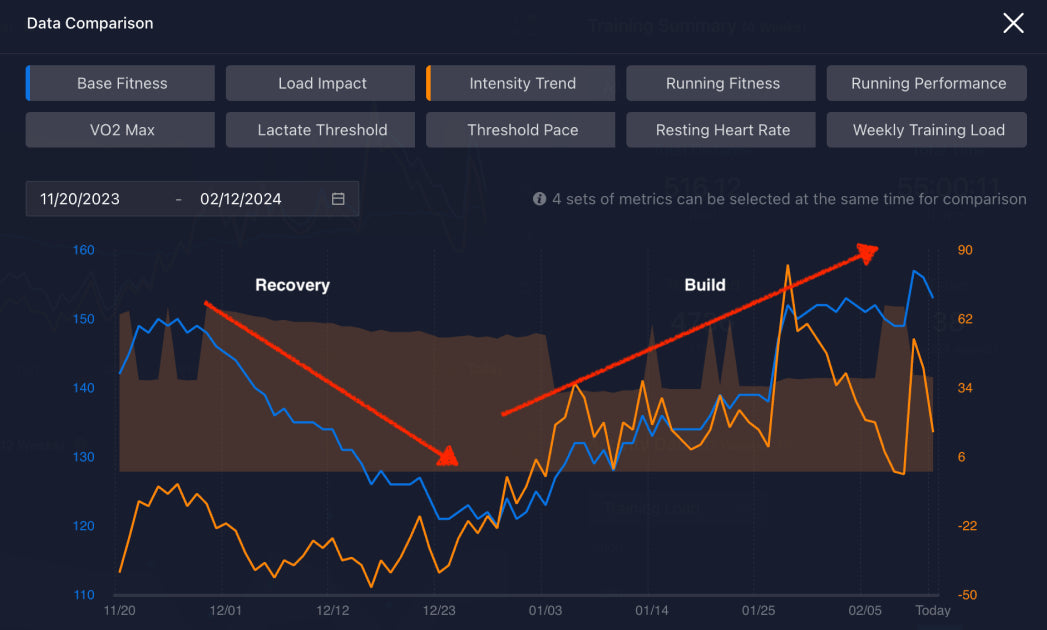
We have explained how the Base Fitness metric changes throughout the year. Simply because the body cannot be permanently in a state of maximum readiness. It needs to go through cycles of decline and rebuilding performance. However, what value, an imaginary goal for the Base Fitness metric should we aim for? Or, in other words, is there a maximum value for this metric? The answer is not so simple and unambiguous, because as explained above, it is a very individualized metric. However, below you will find universal rules that we should keep in mind.
Don't increase Base Fitness metrics too quickly
During the period of increasing the load, COROS recommends increasing the Base Fitness metric values at a rate of 2 - 6 points per week . Some can have this rate of increase faster, but for consistent progress without injury, it is recommended to stay within the interval stated above.
Move in the “Optimized” zone
In the COROS app, in the first Progress tab, tap Training Status. The second highest zone is called Optimized. (See also the second image in this article. In the screenshot from the COROS app, it is written right at the top that the training dosage at that moment is Optimized.) Moving in this zone represents a good mix between training impulses and sufficient space for the body to regenerate. In other words, you are carrying out your preparation and training doses at the right, optimized pace. Be careful, however, you are just below the highest Excessive zone, in which overtraining or injury can occur.
Don't try to achieve a specific Base Fitness value
Some will be able to aim for a Base Fitness of 100, while others can attack or surpass 200. The answer to such differences lies in the principle of specificity: a Base Fitness of 120 may be sufficient if you are training for a marathon, but it will not be sufficient if you are training for a 200m sprint indoors. It is important to remember that Base Fitness should be built from the specific activity required for the activity in which you are competing or want to achieve your maximum performance. For example, if your training is aimed at running a 100km ultra, your Base Fitness should be built primarily from the specific activities required for that performance - i.e. long, slow runs that simulate race performance.
Conclusion
Base Fitness is the main building block of any sporting activity. Building base fitness is subject to certain rules that we have clarified above. It is important to remember that this is a highly individualized metric. Perhaps the most practical approach to this metric is to work on gradually and systematically increasing the Base Fitness value within the limits and recommendations that you see in the COROS app. Your training in tandem with the COROS watch and using the COROS EvoLab tools, which also include the Base Fitness metric, will help to bring structure to your training in the form of the correct dosage of body load.
